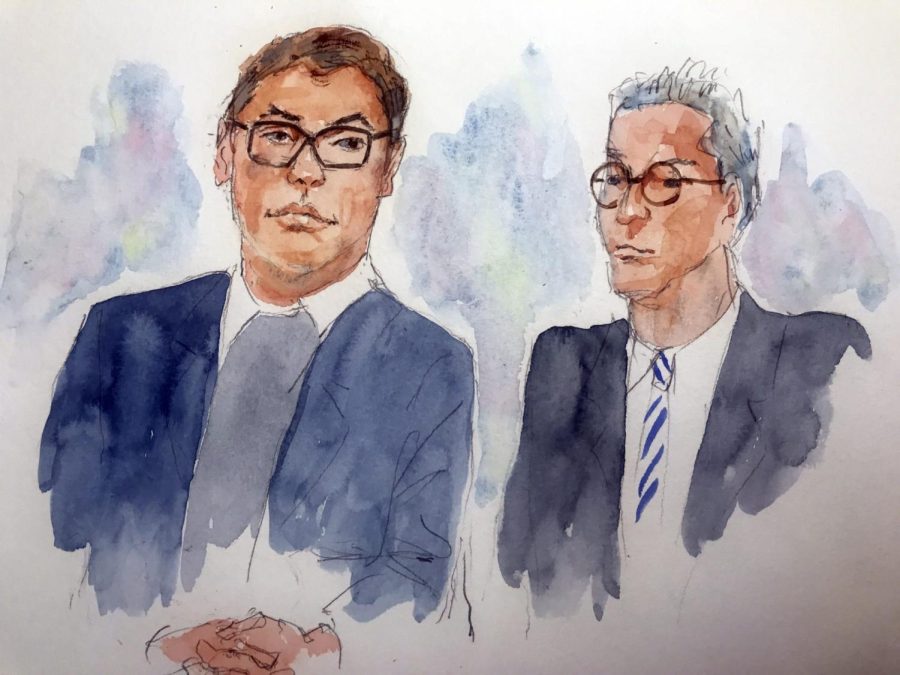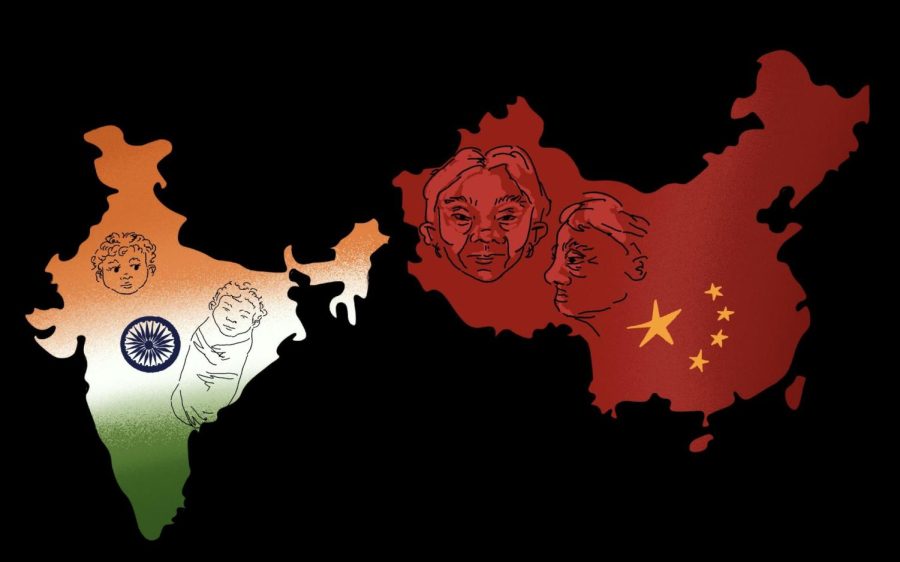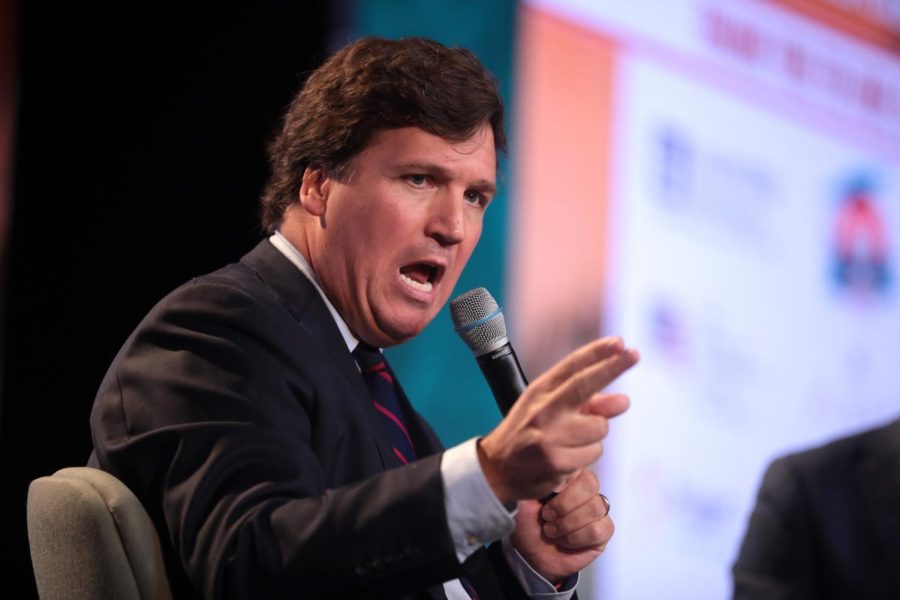If the outrage evident in both conversation and the numerous DePaul Facebook pages is any indication, the rising tuition costs for private institutions just will not stand. The DePaul administration has recently proposed a tuition increase to accommodate increased spending.
A recent study has shown that while many colleges’ tuition rates are rising, spending per student is inversely affected — students are paying more to receive less. But there is much more to this problem than just dollars and cents. This issue begs the question, what is the value of our education and how do we quantify it?
According to DePaul, tuition will be increasing 5 percent for incoming freshmen and 2.5 percent for continuing students. And while our wallets have thinned, students have not seen much of a return on their investments. Emily Simon, a freshman, voiced the same sentiment as many DePaul students.
“I just want to know where the money is going. If we’re spending more on tuition and it’s not going toward us, where is it going? And they’re cutting programs that are important, why is that?” she said.
If we, as a student body, are contributing more to DePaul, then why aren’t we getting the same in return? Shelly Burton, a freshman English student, is not too optimistic.
“If they don’t tell us where they’re going with tuition, it’s up to our imagination to figure it out. If no one’s saying anything we have the right to assume the worst,” she said.
According to a recent college spending report, college enrollment has increased in the past five years for the first time since the baby boomer generation went to college, which means there are more students paying tuition dollars to colleges. This surge in paying students means that more people are contributing money to universities.
Universities’ incomes come from many sources other than tuition dollars. Private gifts, endowments and state appropriations also contribute to the revenue. Tuition used to be a secondary source of revenue for institutions, but now as prospective investment opportunities and state subsidies are shriveling up, tuition rates are the first place that institutions look to for that necessary cash.
Tuition dollars go toward several general areas. Among them are instruction, research and public service. There are two basic reasons that tuition has been increasing. One is an increase in overall spending, and the other is a revenue decline in other sectors. Since many universities have grown increasingly reliant on tuition dollars, it is more likely to cover the cost of all functions, such as research and education.
With outside sources of revenue slowly shrinking, schools must increase tuition rates in order to even maintain the same budget and keep present spending consistent.
This is not just an issue in the private university sector, though. Private institutions’ tuition increases at a much faster rate than their public counterparts, but public universities are still feeling the pressure of rising tuition. This tuition problem is affecting everyone, and the students, whose funds allow universities to exist, are the ones being shortchanged.
Thomas Gutheil, a freshman economics student, said, “If tuition is going to increase, they should tell us why this is happening and where the money is going. I want to know whether they’re actually improving things or just keeping the money for themselves.”
We’re all here to receive an education and make the most of our college experience, and we pay good money to do so. We break out our checkbooks in hopes that this extra fee will help us get a job, be successful, be happy. Because many of our tution dollars are being spent elsewhere, we are left with a seed of doubt planted in the back of our minds and a hesitant hand to sign the next tuition check.







